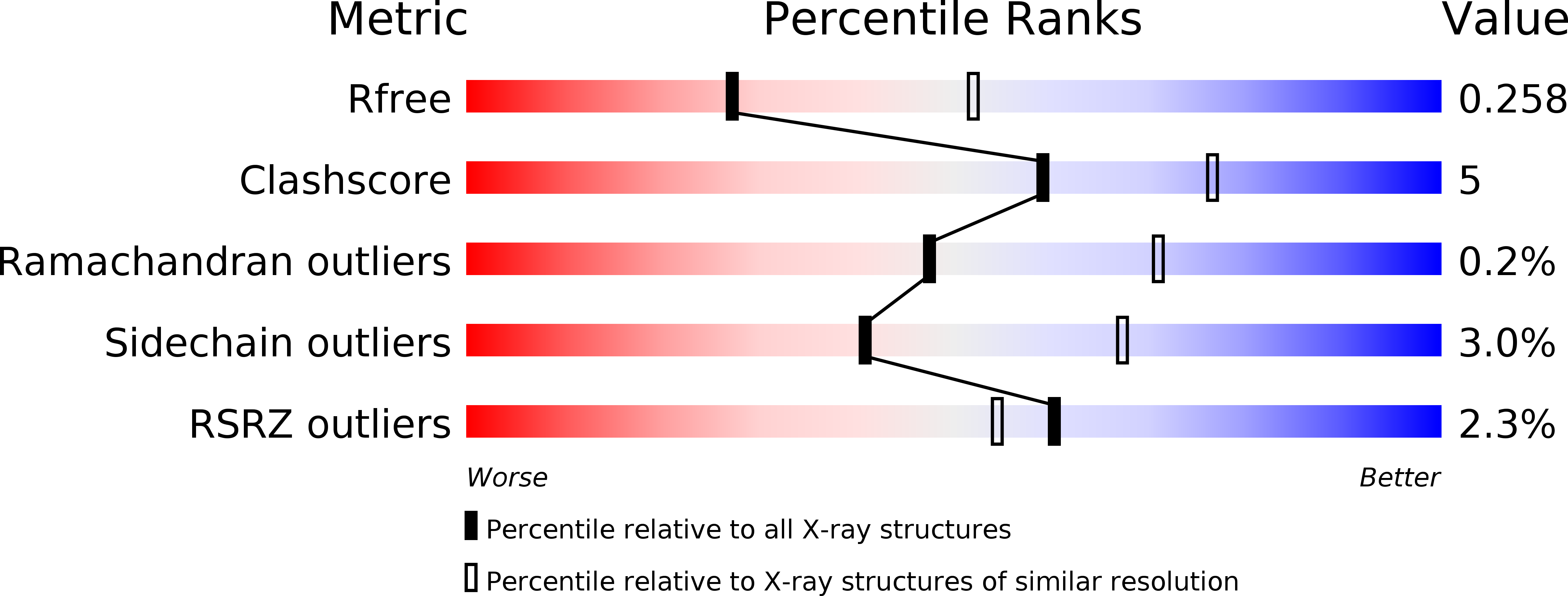
Deposition Date
2016-11-22
Release Date
2017-05-24
Last Version Date
2024-10-16
Entry Detail
PDB ID:
5TZN
Keywords:
Title:
Structure of the viral immunoevasin m12 (Smith) bound to the natural killer cell receptor NKR-P1B (B6)
Biological Source:
Source Organism:
Mus musculus (Taxon ID: 10090)
Murid herpesvirus 1 (Taxon ID: 10366)
Murid herpesvirus 1 (Taxon ID: 10366)
Host Organism:
Method Details:
Experimental Method:
Resolution:
2.60 Å
R-Value Free:
0.25
R-Value Work:
0.20
R-Value Observed:
0.20
Space Group:
C 1 2 1


